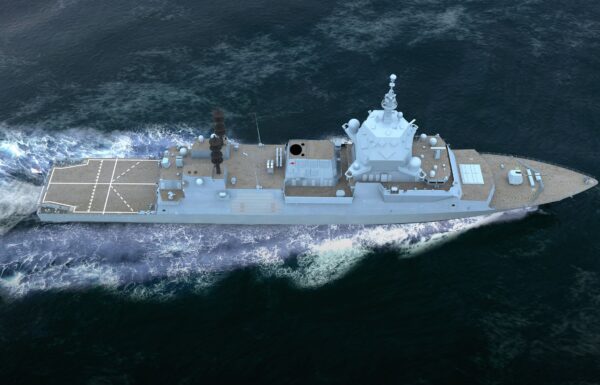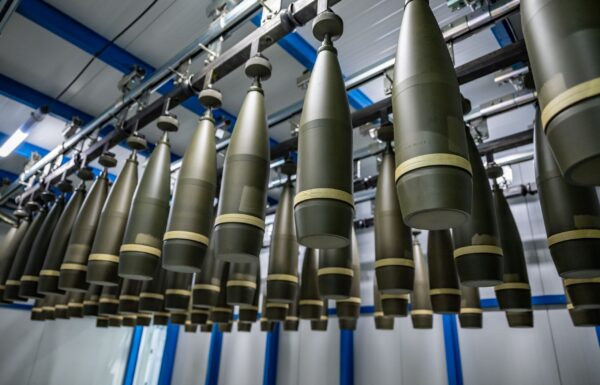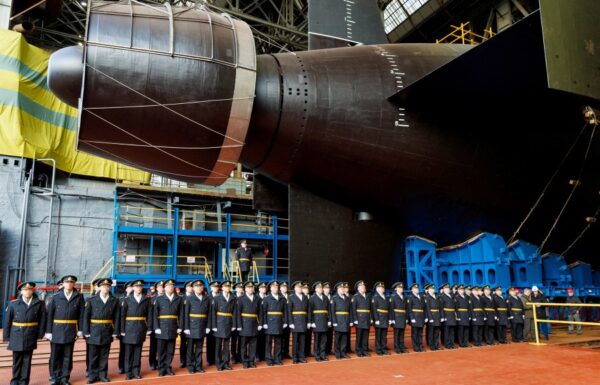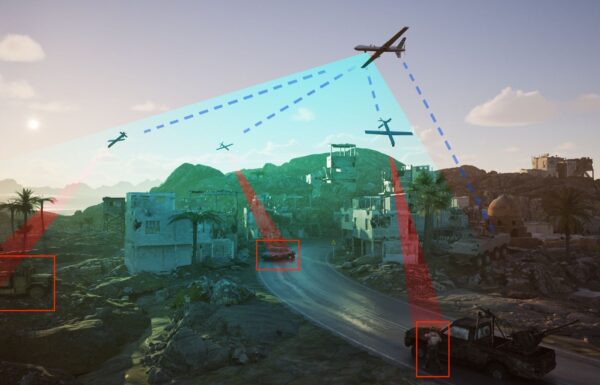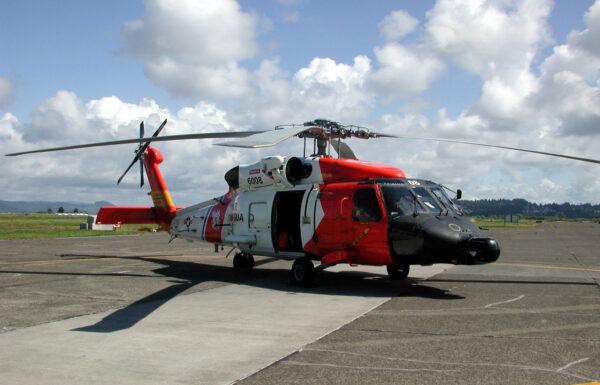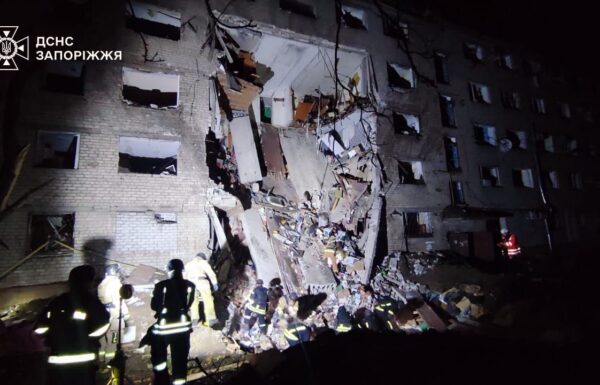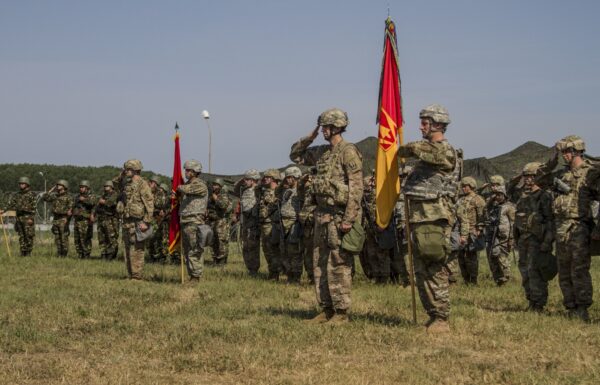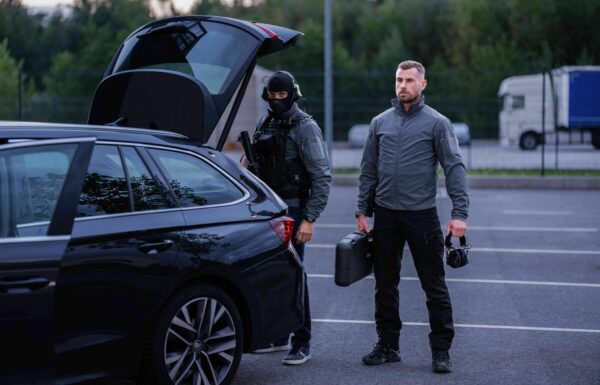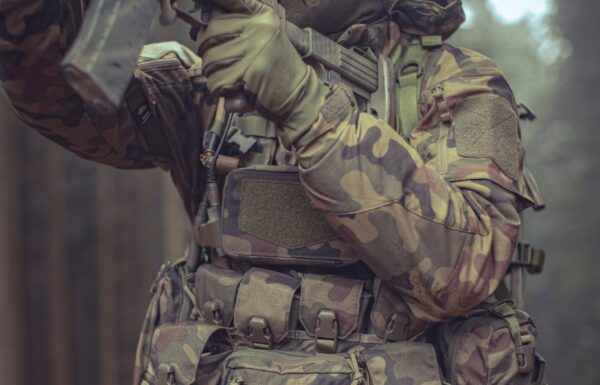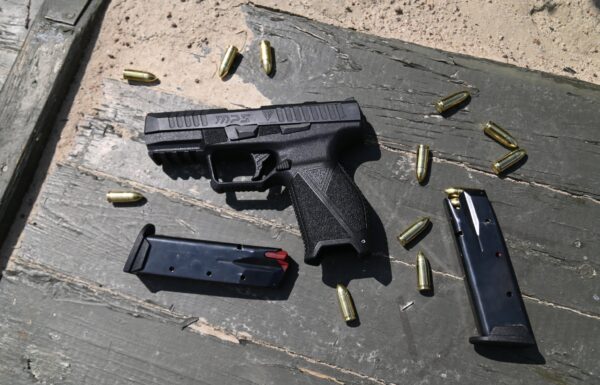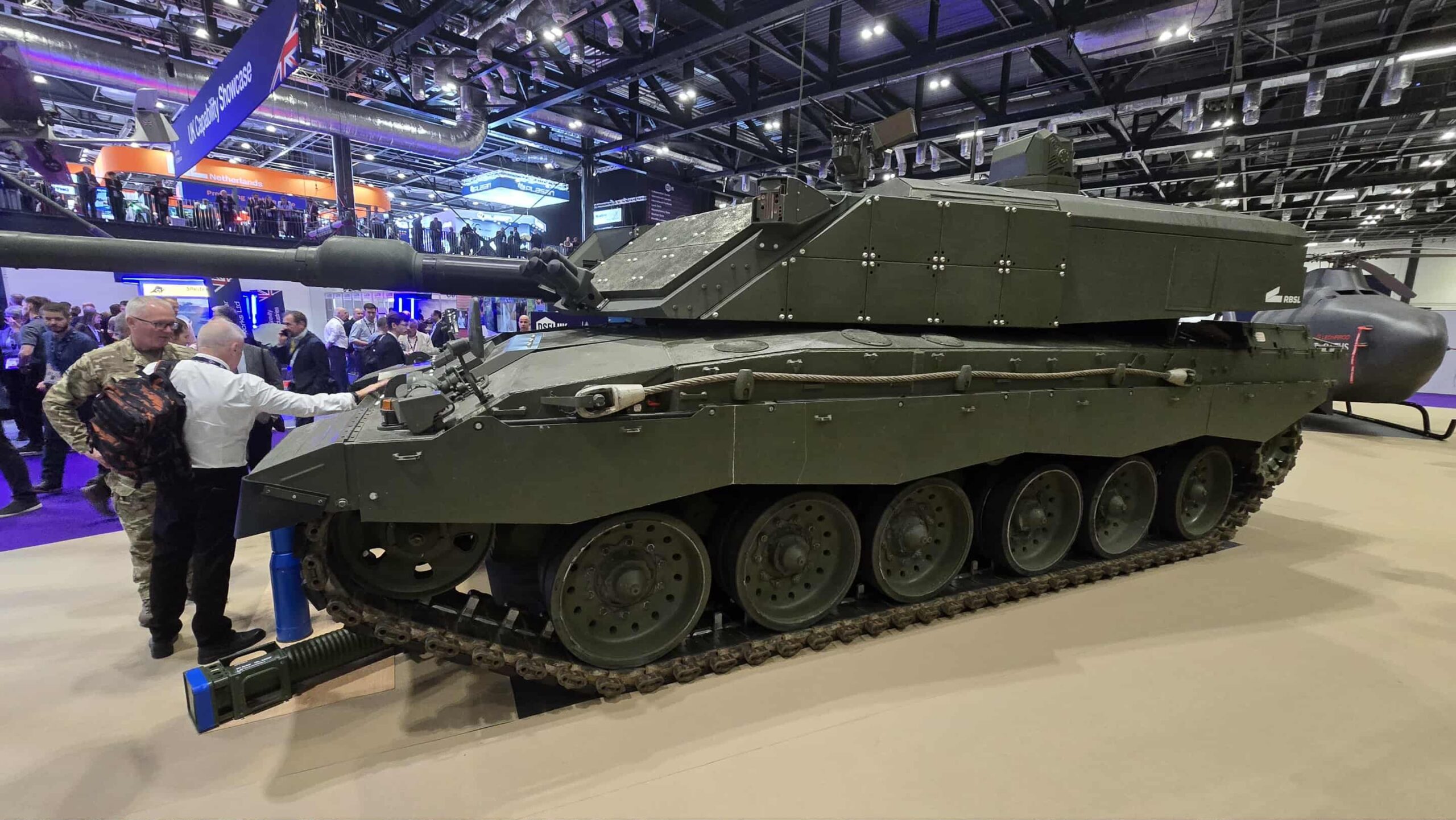At the DSEI 2025 (Defence & Security Equipment International) defense and security industry exhibition, held on September 9–12 this year at the ExCeL Centre in London, the German-British joint venture Rheinmetall BAE Systems Land (RBSL) presented the prototype of the upgraded Challenger 3 tank. The vehicle was displayed at a joint stand of the British Armed Forces.
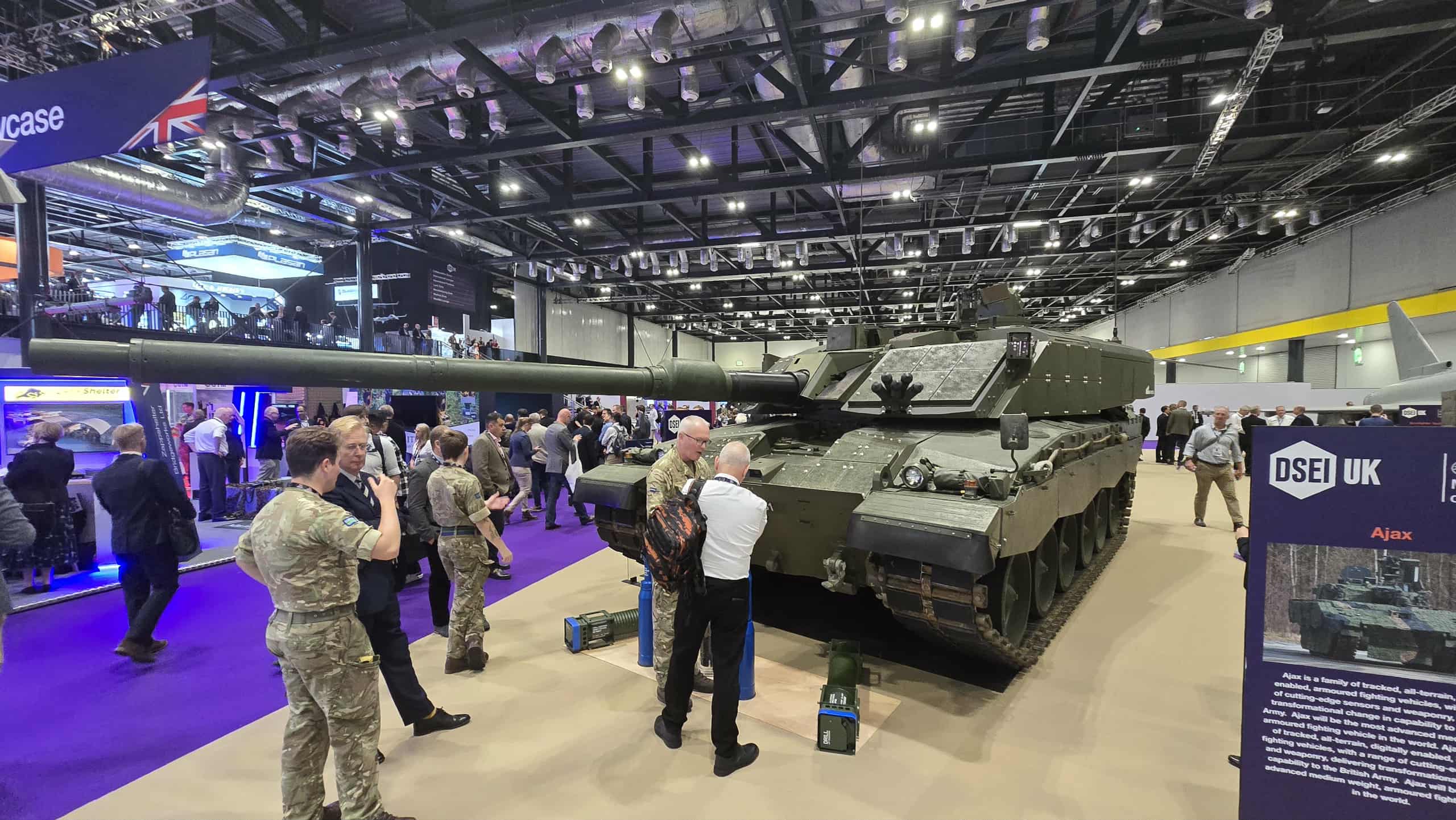 Photos: Jakub Link-Lenczowski, MILMAG
Photos: Jakub Link-Lenczowski, MILMAG
According to the manufacturer’s statement of 9 September this year, the first phase of off-road mobility trials for the tanks has been completed — including assessments of noise and vibration effects on the crew and carried ammunition. The tests, conducted in cooperation between RBSL and the customer (the UK Ministry of Defence’s Defence Equipment & Support agency, DE&S) and the company QinetiQ at multiple locations, covered a total distance of 789 km on both roads and off-road terrain.
The data collected, following final analysis, indicate that RBSL can mitigate any risks by refining the delivered vehicles to ensure they meet the customer’s requirements. In addition, these data will be used to program the turret test rig in Telford, which will be used for further testing from 2026.
These trials also provide valuable experience that enables RBSL’s test team, composed of engineers from all disciplines and former Challenger 2 tank crew commanders, to develop procedures and gather subjective user feedback. By working with partners from the British Army and other key stakeholders, RBSL is gaining insights that allow the vehicle’s capabilities to be optimized.
Dean Pask, Challenger 3 Programme Director at RBSL said: “Trials are a critical stage in developing a new armoured vehicle, pushing our Main Battle Tank to the limits to prove its performance and capability.”
According to information from 28 April 2024, eight pre-production series prototypes were delivered to the Challenger 3 demonstration phase; they have undergone intensive crewless live-fire tests and mobility trials. The latest tests are part of a wider test program, which includes crew-evacuation trials from hit vehicles, radar cross-section measurements, and indirect observation systems.
The next important step will be preparation for crewed firing, to demonstrate that the vehicle is safe to operate in combat and to use its weapon system, before proceeding to system reliability improvements and completion of the demonstration-phase trials. The culmination will be a System Qualification Review (SQR) to agree the final production standard for serial vehicles.
The contract for the modernization of 148 Challenger 2 tanks to the Challenger 3 standard, valued at 800 million GBP, owned by the British Army, was signed with RBSL on 7 May 2021. Serial conversion was scheduled for 2027–2030. The technology demonstrator vehicle premiered at the DSEI (Defence & Security Equipment International) in London, 14–17 September 2021. London decided to modernize only part of its armored fleet, which then numbered 227 vehicles (it is currently 213, as 14 vehicles were transferred to fighting Ukraine; video footage shows two tanks destroyed and two more damaged).
The prototype configuration received a new turret and a modernized hull, as well as modules of the new Farnham composite appliqué armor developed by the DSTL (Defence Science and Technology Laboratory). It is worth adding that on 18 January 2024 DE&S signed a contract with RBSL for deliveries of these armor modules for the Challenger 3 LEP (Life Extension Project). Preliminary integration trials of the armor were carried out in October 2023.
An additional level of ballistic protection is provided by a modular upper-front hull armour called Epsom and an active vehicle protection system (APS) hard-kill type Trophy MV, ordered on 24 June 2021 from the Israeli company Rafael Advanced Defense Systems (the mass of one kit is 450 kg).
The vehicle received a new German-made 120 mm high-pressure smoothbore Rh-120/L55A1CR3 gun, which replaced the rifled L30A1/L55. This is the Rh-120/L55A1 version adapted to the new turret. The gun is configured to use armor-piercing fin-stabilized discarding sabot rounds DM63A1 and their successors DM73, as well as the multi-purpose programmable DM11. It will also be certified for the new German-British KE2020Neo kinetic-energy ammunition. This will enable engagements at ranges exceeding 5,000 m.
A 7.62 mm L94A1 machine gun is coaxially mounted with the main gun. Secondary armament includes a 7.62 mm L37A2 machine gun or a 12.7 mm heavy machine gun L1A2/L111A1 on the turret roof, where there are also two 66 mm smoke-grenade dischargers. The crew received Orion multispectral observation and sighting systems for the commander and gunner.
The vehicle was fitted with 3rd-generation Horstmann Hydrogas suspension and a modernized powertrain with a Perkins Condor CV12-9A diesel engine and a David Brown Santasalo TN54E transmission with 6 forward and 2 reverse gears (an increase in engine power from 1,200 to 1,500 hp had been announced). The vehicle has a combat weight of 66 tonnes.
Latest shots of the Challenger 3 from testing at the ATDU in Bovington.
Compared to previous photos from this summer, some changes can be seen in the front of the hull and the rear of the turret side.
Screenshots from: https://t.co/kGHcEG4mqZ pic.twitter.com/fjsGHTn3rd— Junsupreme (@RyszardJonski) October 7, 2025
📸 The @BritishArmy’s trio Ajax, Boxer and Challenger 3, stand side by side at #DSEI2025, showcasing the UK’s future war fighting capability. 🇬🇧
We are proud to be building a more modern Army alongside our industry partners. pic.twitter.com/AsRufqqOiE
— Defence Equipment & Support (@DefenceES) September 9, 2025
See also:


